AKG Ara and Lyra USB microphones review: Affordable and well-built USB mics that will suit a variety of users from podcasters to producers
AKG’s USB microphones aim to cover all your podcasting and recording needs with a minimum of fuss. But can they deliver?
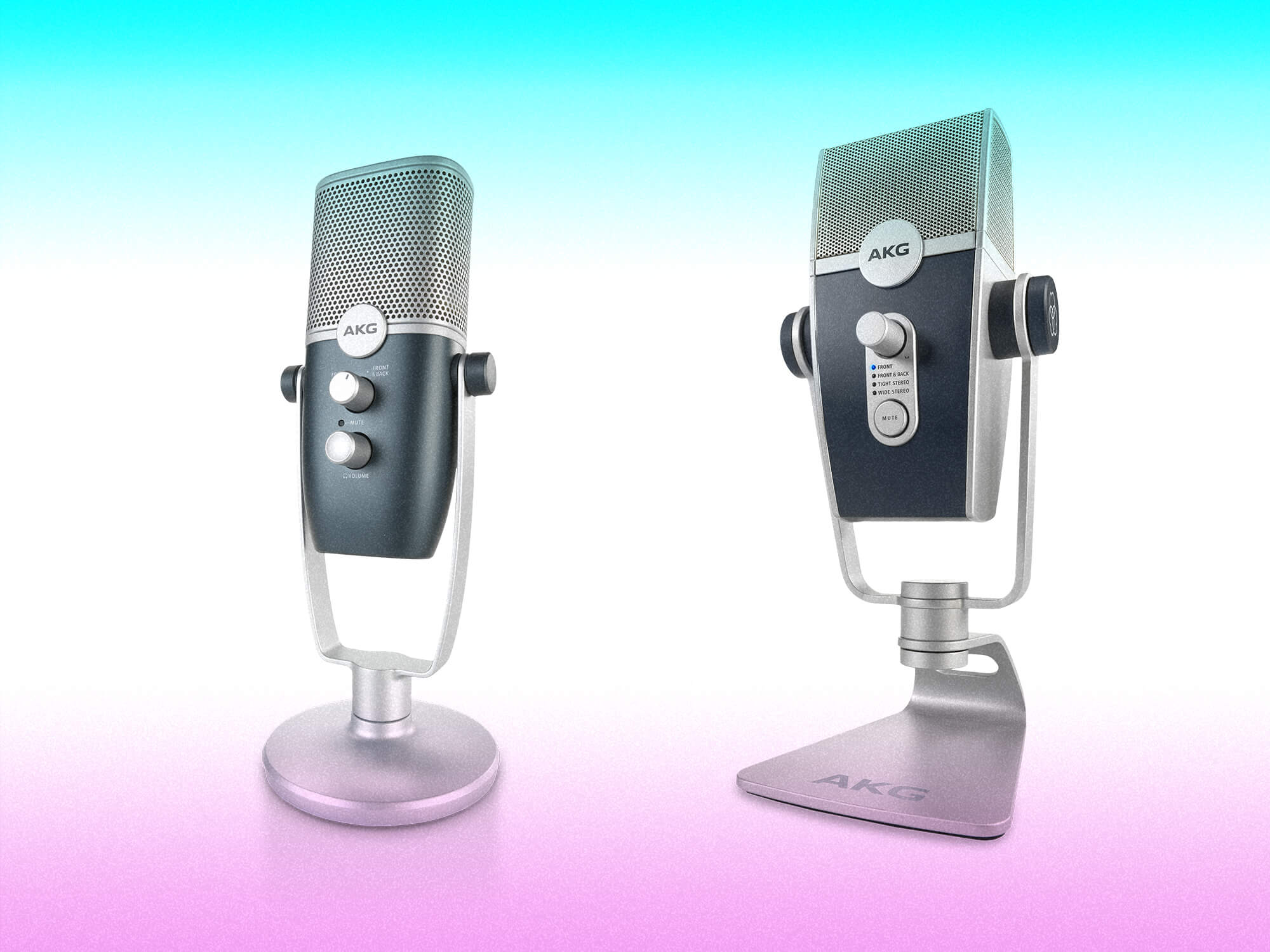
Review Overview
Our rating
9
Our verdict
Lyra 9/10
⊕ Sensitive mics that capture, clear, warm recordings
⊕ Excellent build quality
⊕ Supremely easy to set up and use
⊕ Multiple pickup patterns useful for varied recording approaches
⊖ No mic gain control on Ara
With the pro audio and computing worlds converging, virtually every long-established microphone manufacturer has added a couple of USB mics to its line-up. Improvements in technology mean that tablets and smartphones are now fully capable recording devices and USB mics can offer the kind of functionality that would not long ago have required a dedicated interface. With more people than ever working on machines that are not desktop computers, portability is paramount.
AKG’s experience in pro audio goes back by over half a century but its latest products are cutting-edge. Ara and Lyra are USB microphones aimed at creators of all kinds from podcasters through to recording musicians. Ara is the more entry-level model and Lyra is the more feature-heavy, though at just $99 and $149 respectively, neither is likely to break the bank.
Meet the family
Both mics have integrated desktop stands with variable tilt and can also be mounted on a stand of your choice, with a screw thread adapter supplied to allow for a larger or smaller mount. They’re powered by and send and receive audio over USB – a USB-C to USB-A cable is supplied, though no C-to-C cable for connecting to an iPad Pro or recent Apple computer. The mics connect to your Mac or PC and just work without the installation of any drivers, appearing as an audio source and destination.
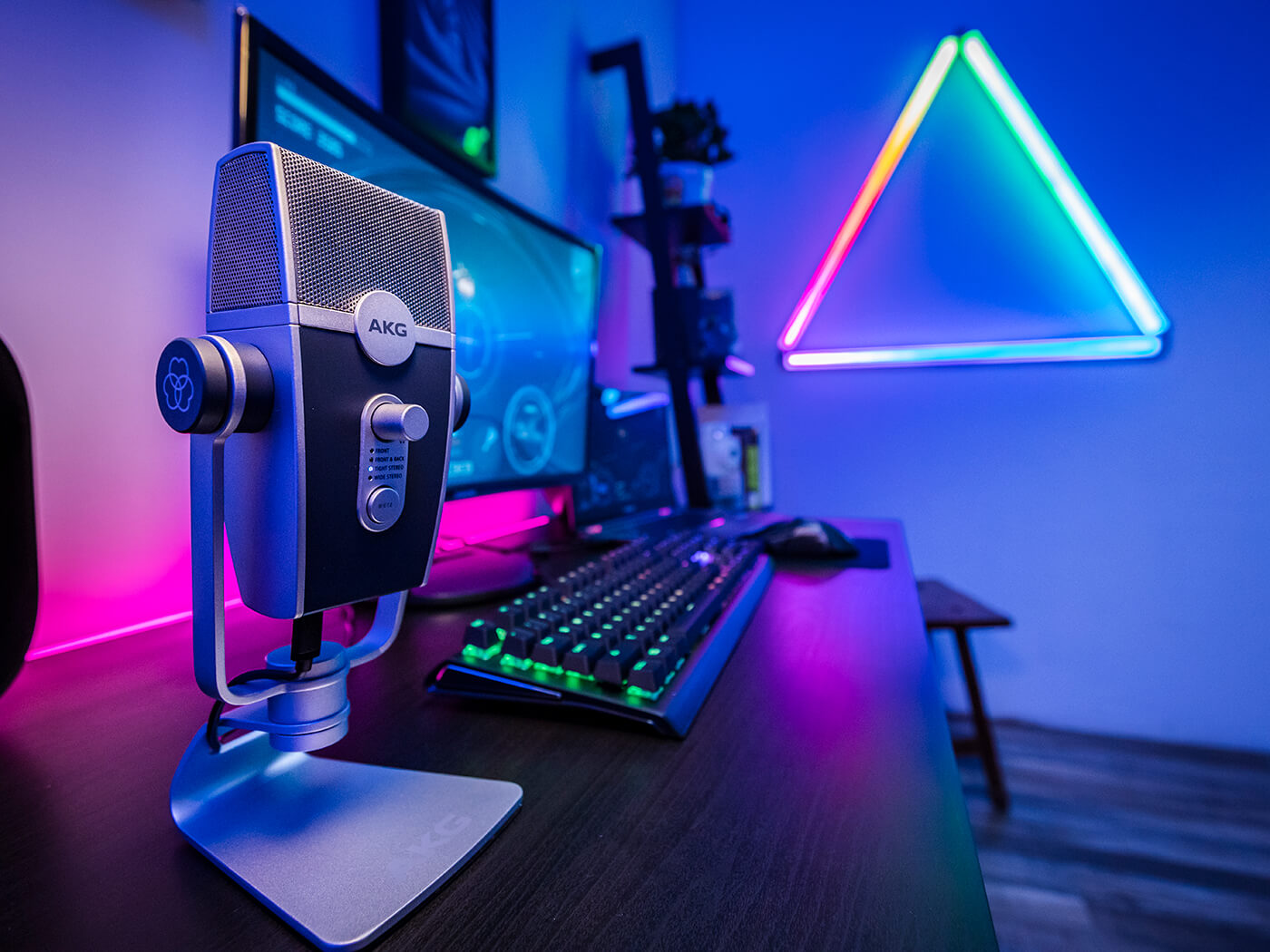
The same is true of iOS and compatible Android devices but, in some cases, you will need to add your own adapter to convert USB to Lightning, for example. AKG recommends routing via a powered USB hub when recording with a smartphone due to the additional power requirements. The mics come with a license to download Ableton Live Lite 11 which is a nice bonus at these low prices, giving those who don’t already own a DAW everything they need to start recording and mixing projects for no extra cost. Both mics have a sleek retro look to them, especially Lyra. While this doesn’t affect their recording performance, as AKG points out, it will appeal to web broadcasters who are thinking about the way they look as well as the way they sound.
Ara you ready?
Ara is the more affordable of the two mics and, like its larger sibling, has a solid and professional-feeling build, sitting securely on its stand and tilting towards the source as you require. It has a two-capsule design with a switch on the front for toggling the directional (cardioid) operation that picks up sound only from the front, or front and back (omnidirectional) which picks up sound from all around the mic and is more suitable for recording a group of people or a live performance, for example.
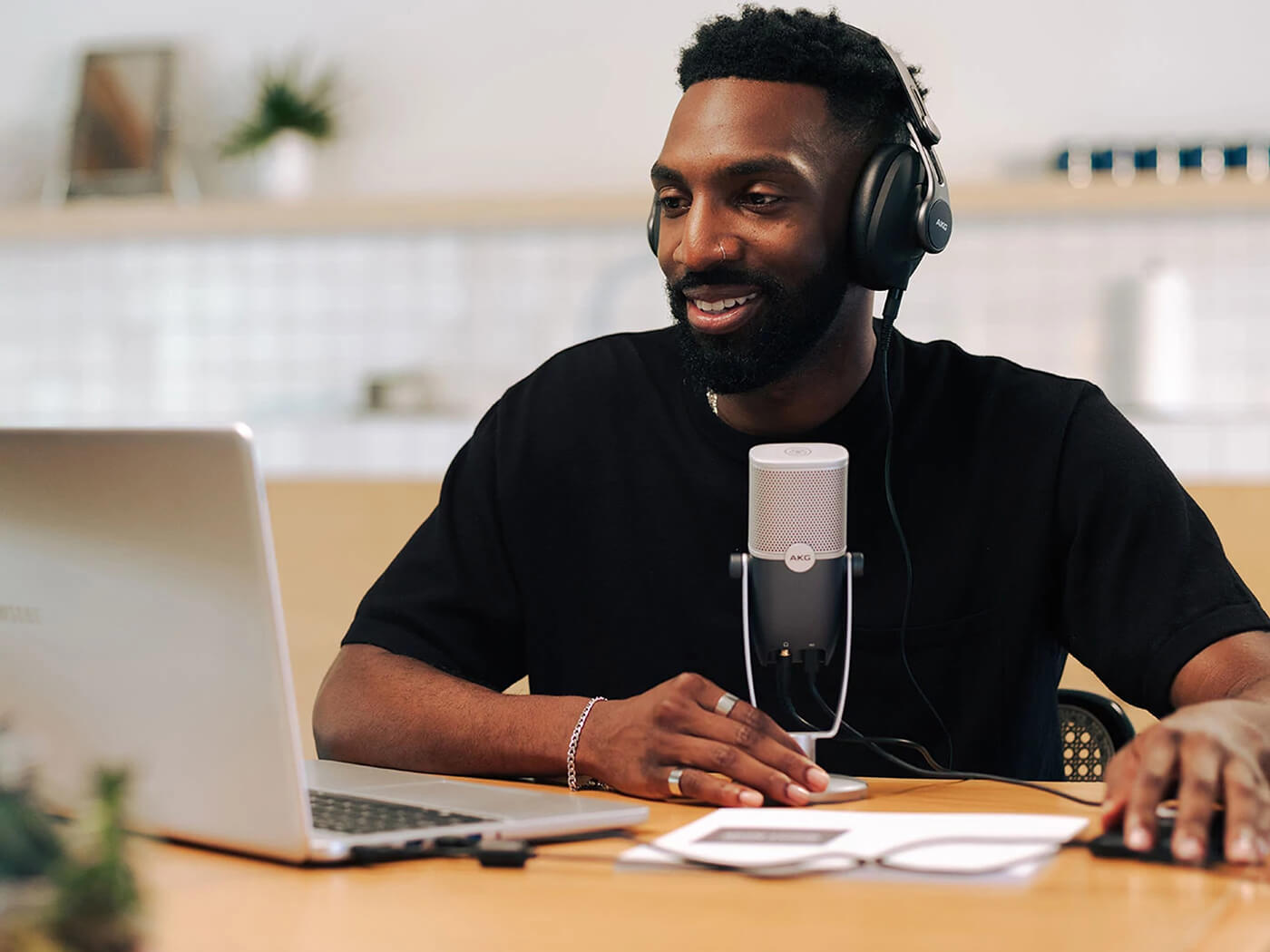
With a frequency response of 20Hz to 20kHz and a maximum SPL of 120dB, it can record at up to 24-bit, 96kHz and has an integrated headphone output on the underside as well as a push-to-mute mic button. It offers zero-latency monitoring while tracking, with a headphone volume control easily accessible. Ara doesn’t have a mic gain control on-body, which is a shame – it means you have to set its level in your recording software. While it’s true that non-USB mics don’t usually feature one either, it would have been a nice addition, especially given that Lyra does have one.
Bigger brother
AKG bills Lyra as an “ultra HD” microphone due in part to its higher maximum resolution of 192kHz for the most exacting producers. It also has a slightly higher SPL tolerance at 129dB and a more powerful headphone output, at 43mW. The other key difference, apart from its larger overall size, is that Lyra has four different pickup modes thanks to the Adaptive Capsule Array, again switchable from the front panel.
In this case, the options are front, front and back, tight stereo and wide stereo. Tight stereo provides true stereo recording with a focused capture field that’s reliable for side-by-side interviews or instruments like piano or drums, or indeed for duets. Wide stereo picks up a more diffuse stereo signal for when you need to capture more sources at once, or to capture room ambience say perhaps in a live performance.
Lyra also features an internal self-adjusting shock mount as well as an internal sound diffuser and AKG’s Internal Element Overload Protection that the company claims automatically reduces noise, eliminates pops and helps you achieve optimum signal levels. Unlike Ara, Lyra has a mic gain control on the rear panel alongside its pattern selector. On the front are headphone volume and mic mute buttons.
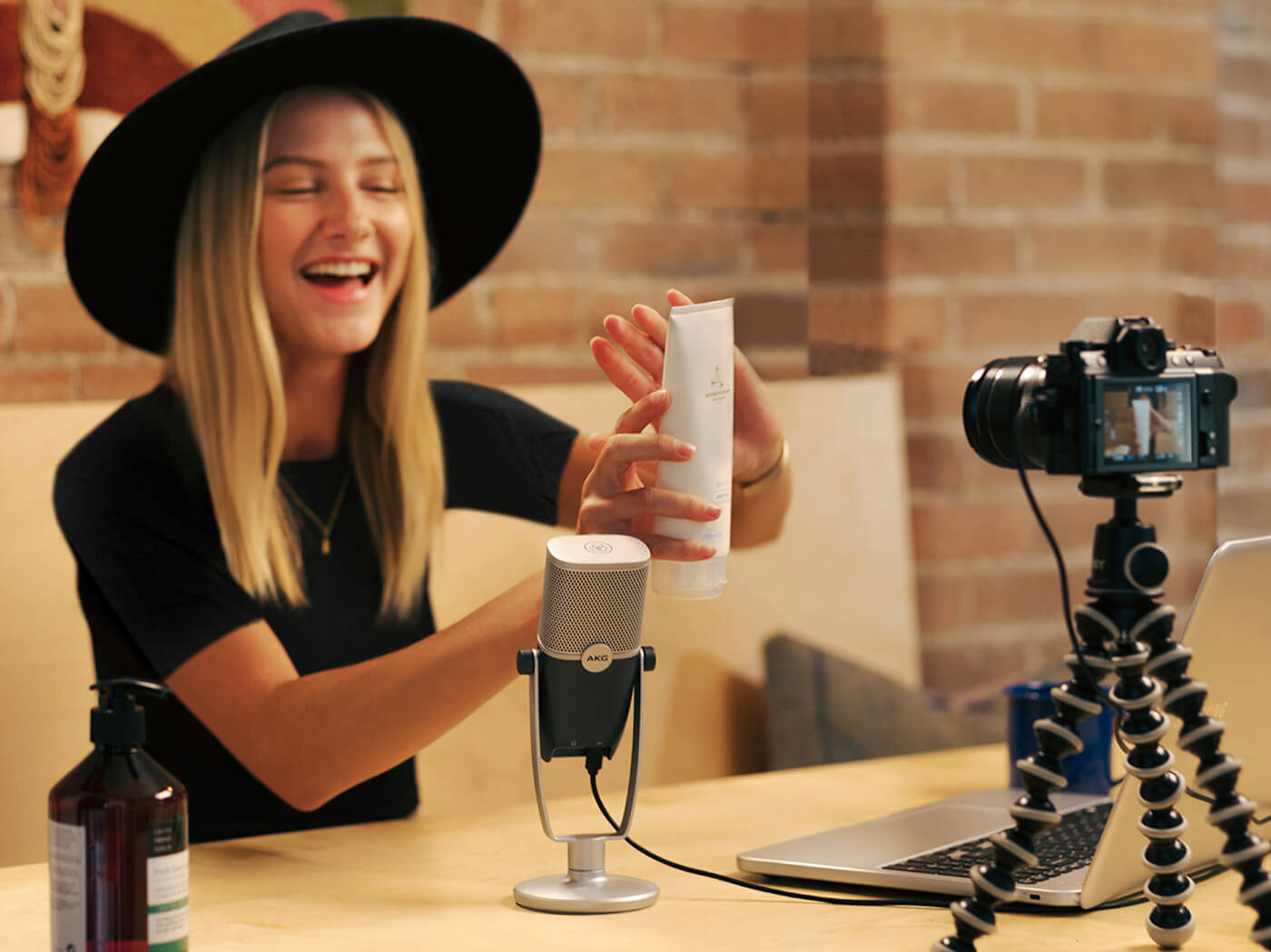
In use
Ara and Lyra are designed to be simple to use – even for absolute beginners – and there is no real setup involved at all, it’s really just plug-and-play. The quick start guides explain how they work in a straightforward way, should you need a hand. Both mics offer excellent pickup and recording results, with a notable warmth to their character. They are able to capture a variety of sources accurately, be it close-mic’d voices or instruments or more ambient sources like a group of people.
Ara is a fantastic solution for podcasters or solo performers, whereas Lyra brings greater flexibility in terms of the kinds of sources you can capture. At the cost of a slightly higher power requirement, you get the two stereo pickup options which makes it a more versatile choice for single-mic recording of two or more sources. Its headphone output is also more powerful, which will be a positive for some people.
These are both excellent all-round microphones and all-in-one solutions for clutter-free and mobile recording that will appeal to a variety of users, particularly podcasters or anyone working with voiceovers. They are perfectly solid for recording instruments and, although mics in this price range are unlikely to challenge a thousand-dollar studio model, they offer other benefits, principally their flexibility and ease of use. For the extra $50, it’s probably worth stretching to the Lyra if you feel you’re likely to need a wider range of pickup patterns at any point. In a competitive USB microphone marketplace, Ara and Lyra certainly punch above their weight.
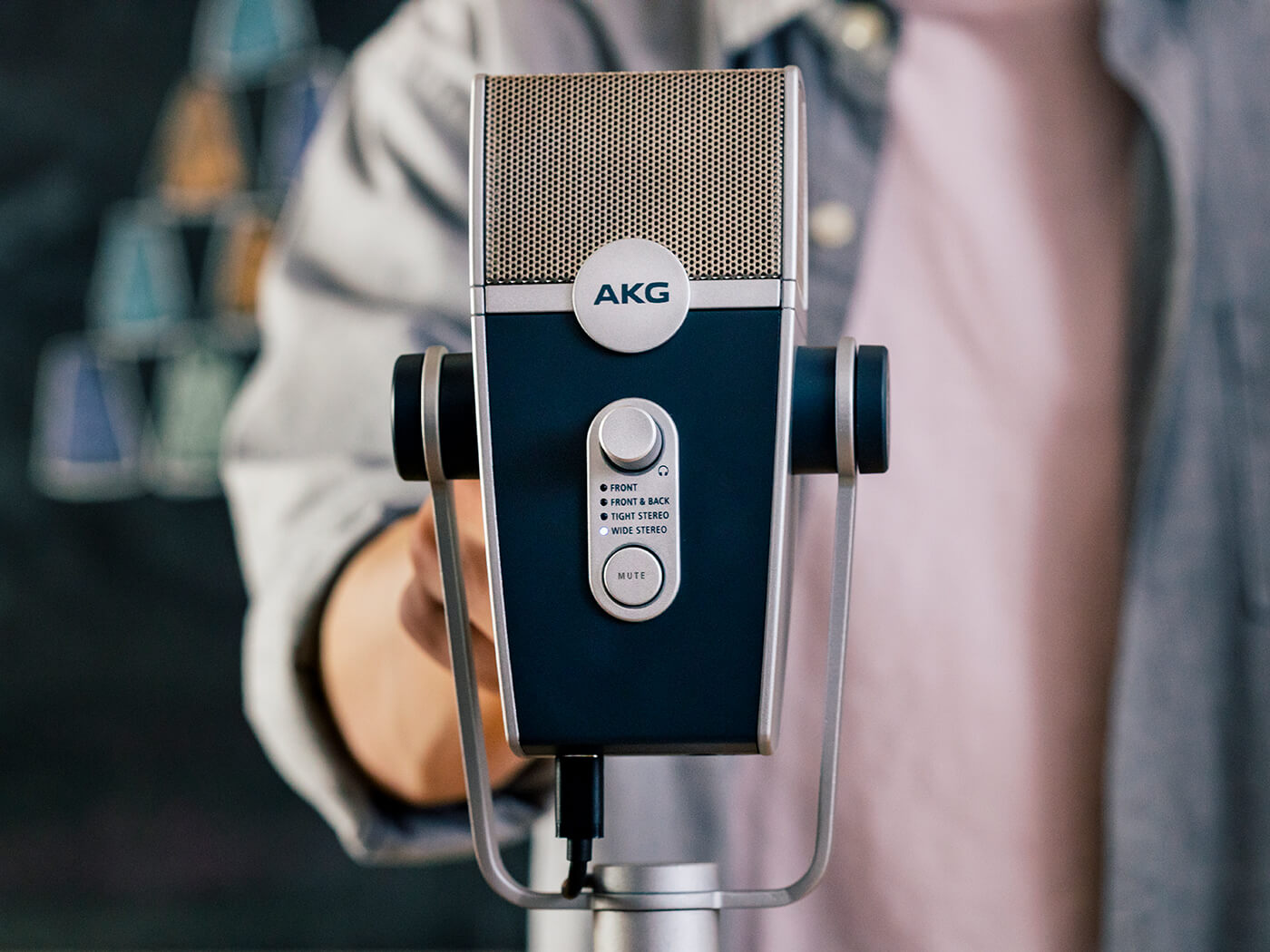
Key features
- USB audio and power
- Plug and play operation with Mac, Windows, iOS and Android support
- Zero-latency monitoring via headphones
- Two (Ara) or four (Lyra) pickup patterns
- 24-bit, 96kHz (Ara) or 192kHz (Lyra) operation
- Integrated desk stands
- Stand mount adapters included
- Internal shock mount (Lyra)
- Mic mute button
- Ableton Live Lite included
- Ara $99/£115; Lyra $149/£175
- Contact AKG
- Buy (Lyra): Harman Audio, Thomann
- Buy (Ara): Harman Audio, Sweetwater